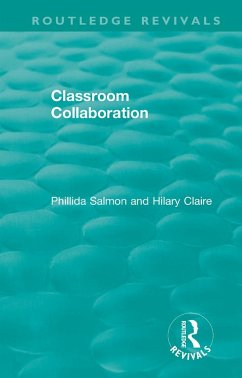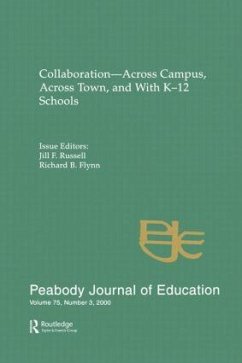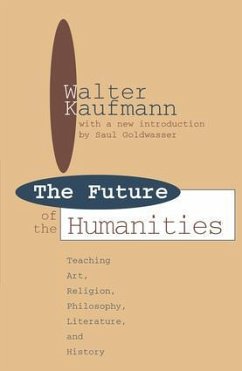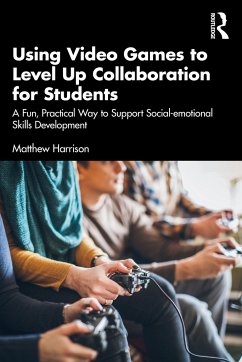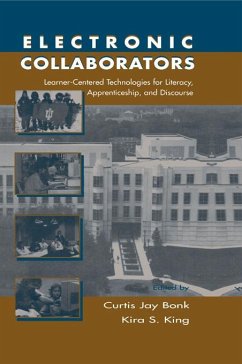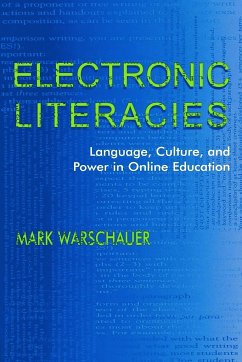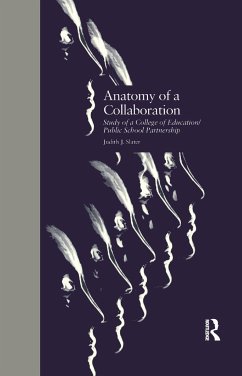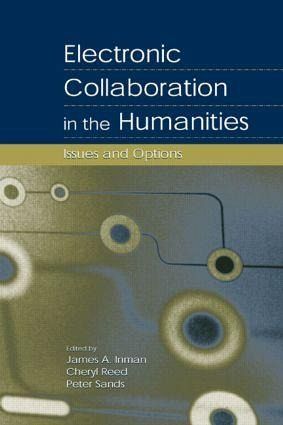
Electronic Collaboration in the Humanities
Issues and Options
Herausgeber: Inman, James A.; Sands, Peter; Reed, Cheryl
Versandkostenfrei!
Versandfertig in 1-2 Wochen
55,99 €
inkl. MwSt.
Weitere Ausgaben:

PAYBACK Punkte
28 °P sammeln!
This volume provides an informed view of how information technology is shaping the contemporary humanities. It specifically reflects five ideals: *humanities scholars with all levels of access are doing important work with technology; *humanities scholars' projects with technology reflect significant diversity, both across and within disciplinary bounds; *using information technology in the humanities is a continuous conversation; *information technology offers new options for humanities education; and *just as collaboration changes the nature of any project, so does information technology cha...
This volume provides an informed view of how information technology is shaping the contemporary humanities. It specifically reflects five ideals: *humanities scholars with all levels of access are doing important work with technology; *humanities scholars' projects with technology reflect significant diversity, both across and within disciplinary bounds; *using information technology in the humanities is a continuous conversation; *information technology offers new options for humanities education; and *just as collaboration changes the nature of any project, so does information technology change the nature of collaboration--its speed, character, methods, and possible implementations. The first to explore new and important ways for humanities scholars to collaborate across disciplines via electronic media, this book redefines electronic collaboration; presents insightful models of student collaboration; provides important models of faculty collaboration with special emphasis on professional development; and offers a look at the future of electronic collaboration and the overall future of the humanities. Featuring the voices of humanities teacher-scholars at all stages of their professional careers, the chapters emphasize pedagogy, outlining contemporary issues and options. Electronic Collaboration in the Humanities speaks directly to anyone involved with interdisciplinary initiatives in colleges and universities, such as writing across the curriculum and communication across the curriculum programs, and to specific populations within the humanities, including literacy and technology, language and literature, literacy studies, professional writing, and English education.







